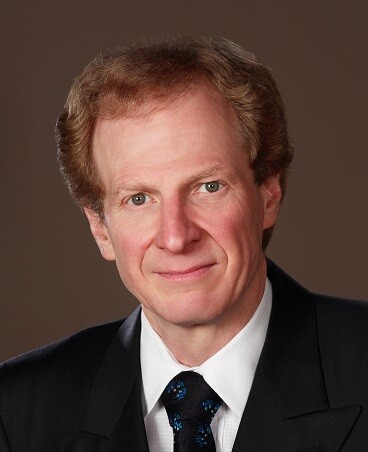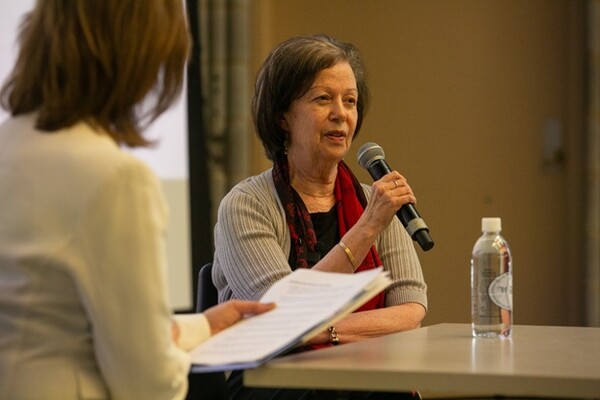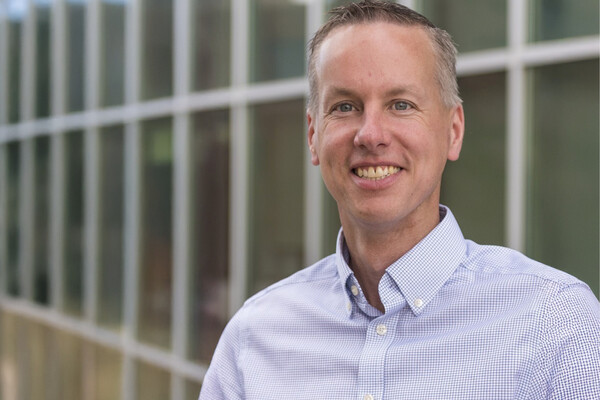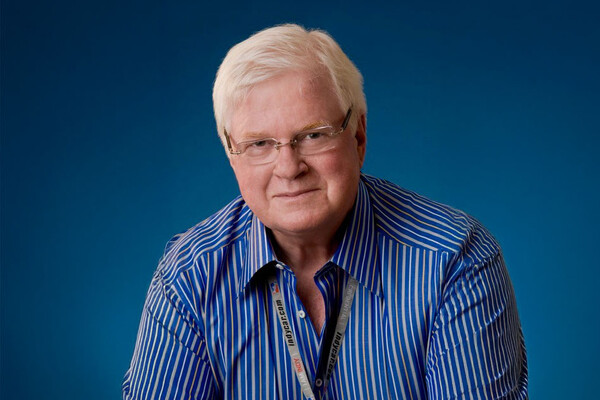Main Second Level Navigation
Breadcrumbs
- Home
- News & Events
- Recent News
- Walter Peters: Honouring a Fulfilling Career
Walter Peters: Honouring a Fulfilling Career

Dr. Peters was one of the early surgeon-scientists at the University of Toronto (U of T). He was the Director of the Burn Unit at Toronto General Hospital (TGH) from 1977 to 1984, and Director of the Ross Tilley Burn Centre at the Wellesley Hospital from 1984 to 1997. He was also the Chief of Plastic Surgery at the Wellesley Hospital from 1984-2000. In 2000, the Wellesley Hospital closed and the Ross Tilley Burn Centre was transferred to the Sunnybrook Health Sciences Centre. At this point, Dr. Peters founded the Rosedale Centre for Plastic Surgery in Toronto, a unique private practice with a designated hospital license. From 1990-2010, Dr. Peters was the Chair of the University of Toronto Annual Symposium for Aesthetic Plastic Surgery – the largest aesthetic plastic surgery symposium in Canada uniting over 250 plastic surgery professionals from around the world.
Dr. Peters served as an advisor to the Food and Drug Administration (FDA), the National Academy of Sciences, the National Cancer Institute, the Institute of Medicine Committee on the "Safety of Breast Implants", and the FDA Public Health Project in Washington, D.C. He was also a member of Health Canada's "Expert Panel on Breast Implants", and Health Canada's "Scientific Advisory Board". He has been a consultant and expert witness in over 35 cases of breast augmentation, throughout Canada and the United States.
“My training as a surgeon-scientist paved the way for research in many areas of plastic surgery. This scholarship is intended to stimulate similar research activities for future trainees in plastic surgery.”
Dr. Wally Peters (MD ‘72, PGME ’77) has had a fulfilling career as a surgeon-scientist in both community and private practice. Last year, Dr. Peters retired from surgical practice and established the endowed Wally Peters Surgeon Scientist Scholarship as a way to both help advance his field and to commemorate a fulfilling career. Dr. Peters recently spoke with Senior Development Officer Effy Ordon about the field of plastic surgery, his gift to the Department of Surgery, shared some career highlights.
You came to U of T with a PhD in Biochemistry. Did you maintain your research during the MD program and residency?
I completed my PhD in Biochemistry and Microbiology at the University of British Columbia in 1968. This was an incredible experience. Molecular biology was in its early stages and my advisor was at the top level in this field. We worked on transport mechanisms, genetic regulation, and gene mapping at the cellular level. Many 90-hour work-weeks – but it wasn’t work, I couldn’t get enough of it!
In the fall of 1968, I moved to Toronto to begin Medical School at the University of Toronto, which was always regarded at the top Medical School in Canada. While in medical school, I was cross-appointed to the Department of Biochemistry at U of T, where I ended up lecturing to my classmates in first year Medicine. I was very fortunate to have an office and a laboratory in the Banting Institute, together with research funding and a research assistant. I worked in this lab through medical school and through my residency.
What is it about the area of plastic surgery, in particular, that appeals to you?
During my Internship at TGH, I was exposed to the burn ward. I was astounded by the magnitude of a major burn injury. It affected so many systems in the body, and it involved not only the patient, but also his entire family and future. After interning, I applied to the Plastic Surgery Program at U of T, specifically to treat burn patients. After completing my residency, I was awarded a McLaughlin Traveling Fellowship for further training in Boston. I was a fellow at the Shriners Burn Centre, the Massachusetts General Hospital, and the Brigham and Women’s Hospital.
What role did your academic training have throughout your career?
My dual training as surgeon-scientist played a major role in completing a number of important studies. I was the Principal Investigator in a large multi-disciplinary research study of over 3,000 women concerning the reaction of a woman's body to silicone gel breast implants. I have been awarded over $5 million in research funding and have written over 150 peer-reviewed publications and book chapters as well as a book on breast implants (Biomaterials in Plastic Surgery: Breast Implants). I was very honored to be awarded the prestigious Lister Prize, which is the highest honor to be bestowed upon a member of the Department of Surgery at U of T. It is awarded to “an investigator of international repute, who has shown outstanding and continuous productivity as measured by research publications, grants held, and students trained”.
While you were in school, were there any specific colleagues or faculty members who made an impression on you?
There were two people who had an enormous impact on my life. Professor Robert (Bob) Jackson (MD ’56), former Chief of Surgery at the Orthopedic and Arthritic Hospital in Toronto and former Director of Orthopedic Research at U of T, and Professor Dennis Smith (DDS ’71), founder and former Director of the Institute of Biomedical Engineering at U of T. We met in 1969 and collaborated on a plethora of research projects over the next 40 years. We did extensive research on bone and dental cements, artificial skin, burns, and breast implants. My main mentor in Plastic Surgery was Professor William K. Lindsay (MD ’45, BSc ’49) at the Hospital for Sick Children. Professors Jackson, Smith, and Lindsay were all similar in many ways. They were all very knowledgeable, positive, honest, and well-respected. They were true gentlemen, who always displayed very notable empathy to their patients! I was very fortunate to have met them early in my career.
You have established an endowed scholarship for surgeon-scientist trainees in the Division of Plastic Surgery — what inspired you to do this?
My training as a surgeon-scientist paved the way for research in many areas of plastic surgery. This scholarship is intended to stimulate similar research activities for future trainees in plastic surgery.
As you look back at your career, were there any particular surgeries or patients that stand out to you? If so, why?
There is one woman who was the most remarkable burn patient I have ever treated. She and her husband were driving in their car on the Gardiner Expressway in 1982. Her husband was at the wheel. She was 38-weeks pregnant. Suddenly, a huge transport truck carrying a full load of steel pipes went out of control and crashed into the back of their car. Her husband was killed instantly. Their car burst into flames and she was trapped in the engulfing fire. She was brought to the TGH Emergency Department and transferred to the ICU.
She had sustained very deep 3rd degree burns to about 70% of her body, including her face and both hands. She had also sustained numerous other injuries from the force of the impact. After she was stabilized, she was taken to the OR to deliver her baby by C-section. She then started on the very long journey of treating her major burn injury and her many other injuries. She developed just about every complication possible from her many injuries, requiring multiple interventions. She underwent about 15 operations at TGH. Against all odds, she miraculously survived, which is a tribute to the incredible medical staff at TGH. Subsequently, we performed about 12 reconstructive operations for her over the years.
She subsequently completed a PhD program, remarried, and enjoyed a very rewarding academic career. Her son, who was delivered just after her burn injury, became a very prominent international lawyer. Even today, 38 years after her accident, she and her husband come into our office every year with thankful good wishes and presents. A very incredible lady!
What advice would you have for current trainees pursuing plastic surgery?
My advice for current trainees in Plastic Surgery would be to choose an area in Plastic Surgery that you are passionate about, and then get as much education as possible in that particular area, to make the greatest impact.
News


